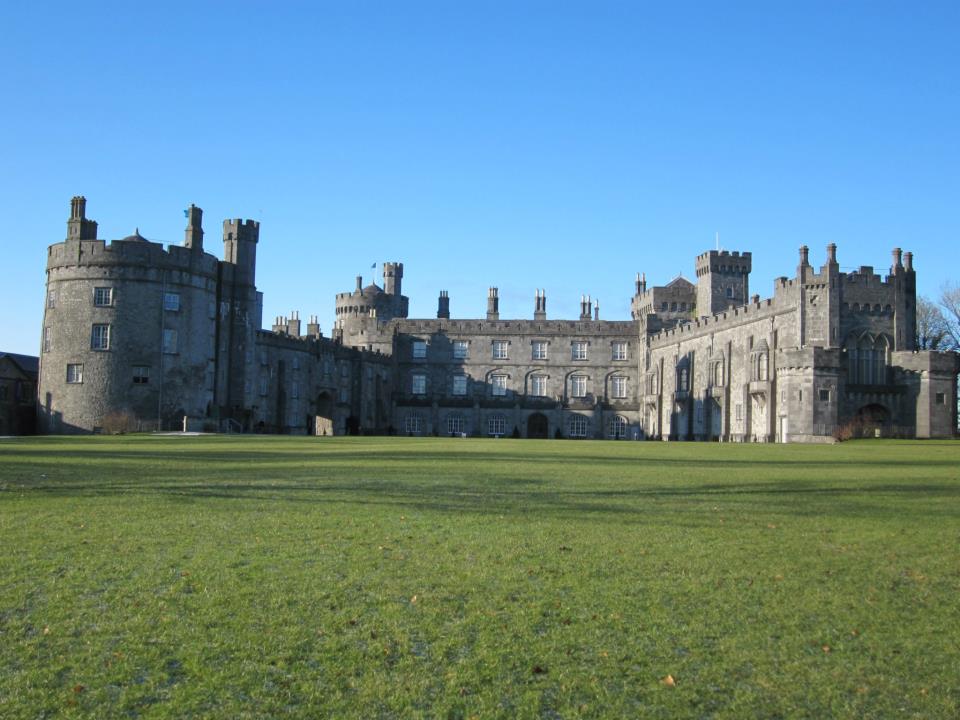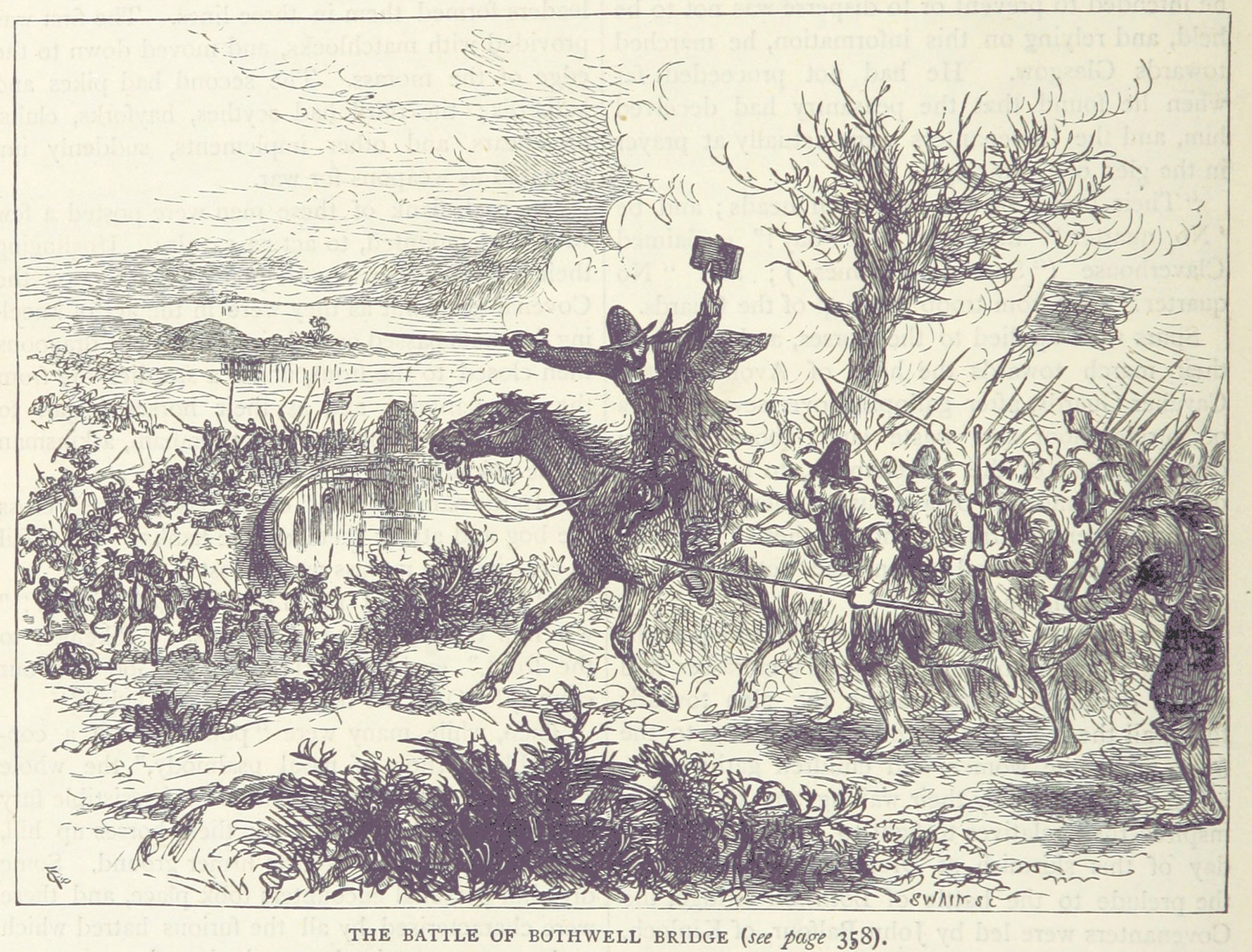|
Edmund Butler, 4th Viscount Mountgarret
Edmund Butler, 4th Viscount Mountgarret (1595–1679) was the son of Richard Butler, 3rd Viscount Mountgarret. He acceded to his title on the death of his father in 1651 and retained his lands in the north and east of Kilkenny while many others whose families had been involved in the Catholic Confederacy lost theirs. His father had been heavily involved in the rebellion but Edmund received a pardon for all treasons and rebellions from Charles II of England, King Charles II and was restored to his estates. Marriage He married three times. His first wife was Lady Dorothy Touchet, whom he married around 1630. She is believed to have died in February 1635. Subsequent marriages to Anne Trensham (1635) and Elizabeth Simeon (c.1606-1674) in 1637 followed in quick succession. He died in 1679 at the age of 84. See also * Butler dynasty References 1595 births 1679 deaths, Mountgarret, Edmund Butler 4th Viscount Butler dynasty, Edmund Viscounts in the Peerage of Ireland Recipient ... [...More Info...] [...Related Items...] OR: [Wikipedia] [Google] [Baidu] |
Richard Butler, 3rd Viscount Mountgarret
Richard Butler, 3rd Viscount Mountgarret (1578–1651) was the son of Edmund Butler, 2nd Viscount Mountgarret and Grany or Grizzel, daughter of Barnaby Fitzpatrick, 1st Baron Upper Ossory. He is best known for his participation in the Irish Confederate Wars on behalf of the Irish Confederate Catholics. Family His sister, Helen Butler, married her second cousin, Walter Butler, 11th Earl of Ormond. Later, he was to clash politically with his grand-nephew James, the 12th Earl. His first wife was Margaret, eldest daughter of Hugh O'Neill, Earl of Tyrone, who was the most powerful Roman Catholic noble in the country at the time. He especially distinguished himself by his defence of the castles of Ballyragget and Cullihill. His estates were nevertheless confirmed to him on the death of his father in 1605, and he sat in the parliaments of 1613, 1615, and 1634. His younger brother was John Butler. Marriage and Children By his first wife, Margaret, eldest daughter of Hugh O'Neill, Earl of ... [...More Info...] [...Related Items...] OR: [Wikipedia] [Google] [Baidu] |
Kilkenny
Kilkenny (). is a city in County Kilkenny, Ireland. It is located in the South-East Region and in the province of Leinster. It is built on both banks of the River Nore. The 2016 census gave the total population of Kilkenny as 26,512. Kilkenny is a tourist destination, and its environs include historic buildings such as Kilkenny Castle, St Canice's Cathedral and round tower, Rothe House, Shee Alms House, Black Abbey, St. Mary's Cathedral, Kilkenny Town Hall, St. Francis Abbey, Grace's Castle, and St. John's Priory. Kilkenny is also known for its craft and design workshops, the Watergate Theatre, public gardens and museums. Annual events include Kilkenny Arts Festival, the Cat Laughs comedy festival and music at the Kilkenny Roots Festival. Kilkenny began with an early 6th-century ecclesiastical foundation within the Kingdom of Ossory. Following the Norman invasion of Ireland, Kilkenny Castle and a series of walls were built to protect the burghers of what became ... [...More Info...] [...Related Items...] OR: [Wikipedia] [Google] [Baidu] |
Charles II Of England
Charles II (29 May 1630 – 6 February 1685) was King of Scotland from 1649 until 1651, and King of England, Scotland and Ireland from the 1660 Restoration of the monarchy until his death in 1685. Charles II was the eldest surviving child of Charles I of England, Scotland and Ireland and Henrietta Maria of France. After Charles I's execution at Whitehall on 30 January 1649, at the climax of the English Civil War, the Parliament of Scotland proclaimed Charles II king on 5 February 1649. But England entered the period known as the English Interregnum or the English Commonwealth, and the country was a de facto republic led by Oliver Cromwell. Cromwell defeated Charles II at the Battle of Worcester on 3 September 1651, and Charles fled to mainland Europe. Cromwell became virtual dictator of England, Scotland and Ireland. Charles spent the next nine years in exile in France, the Dutch Republic and the Spanish Netherlands. The political crisis that followed Cromwell's deat ... [...More Info...] [...Related Items...] OR: [Wikipedia] [Google] [Baidu] |
Butler Dynasty
Butler ( ga, de Buitléir) is the name of a noble family whose members were, for several centuries, prominent in the administration of the Lordship of Ireland and the Kingdom of Ireland. They rose to their highest prominence as Dukes of Ormonde. The family has produced multiple titles such as Baron Cahir, Baron Dunboyne, Viscount Ikerrin, Viscount Galmoye, Viscount Mountgarret, Viscount Thurles, Earl of Carrick, Earl of Kilkenny, Earl of Ormond, Earl of Ossory, Marquess of Ormonde and Duke of Ormonde. Variant spellings of the name include ''le Boteler'' and ''le Botiller''. The Butlers were descendants of Anglo-Norman lords who participated in the Norman invasion of Ireland in the 12th century. The surname has its origins in the hereditary office of "Butler ( cup-bearer) of Ireland", originating with Theobald Walter, 1st Chief Butler of Ireland. The arms of later family members depicted three cups in recognition of their original office. Origin The family descende ... [...More Info...] [...Related Items...] OR: [Wikipedia] [Google] [Baidu] |
Viscount Mountgarret
Viscount Mountgarret is a title in the Peerage of Ireland. The title was created in 1550 for the Hon. Richard Butler, younger son of Piers Butler, 8th Earl of Ormond. Butler had largely rebuilt the tower house at Mountgarret in County Wexford. His grandson, the third Viscount, was outlawed and excepted from pardon in 1652, one year after his death. His son, the fourth Viscount, received a pardon for all treasons and rebellions from King Charles II and was restored to his estates. He was succeeded by his son, the fifth Viscount who was a supporter of King James II and led the siege of Derry in 1688 to 1689. Lord Mountgarret was taken prisoner and outlawed, with his estates forfeited. However, in 1715 the outlawry was reversed and in 1721 he claimed his seat in the Irish House of Lords. His great-grandson, the eleventh Viscount, represented County Kilkenny in the Irish House of Commons. He was succeeded by his son, the twelfth Viscount. He was made Earl of Kilkenny in the Pee ... [...More Info...] [...Related Items...] OR: [Wikipedia] [Google] [Baidu] |
Richard Butler, 5th Viscount Mountgarret
Richard Butler, 5th Viscount Mountgarret (died 27 February 1707) was an Irish soldier and politician. Butler was the son of Edmund Butler, 4th Viscount Mountgarret and Lady Dorothy Tuchet, daughter of Mervyn Tuchet, 2nd Earl of Castlehaven. He was a captain in the French Royal Army. A devout Roman Catholic, he was imprisoned for his faith in Liverpool in 1658 under The Protectorate. On 5 April 1679 he succeeded to his father's peerage. In 1689, he was summoned to the Irish House of Lords by James II of England in the brief Patriot Parliament. He raised a regiment, of which he was colonel, in support of James II in the Williamite War in Ireland. Officers of the Jacobite Armies. Centre for R ... [...More Info...] [...Related Items...] OR: [Wikipedia] [Google] [Baidu] |
1595 Births
Events January–June * January – Mehmed III succeeds Murad III, as sultan of the Ottoman Empire. * January 17 – During the French Wars of Religion, Henry IV of France declares war on Spain. * April 8 (March 29 O.S.) – Combined Taungoo–Lan Na armies break the rebel Thado Dhamma Yaza's siege of Taungoo, in modern-day Myanmar. * April 15 – Sir Walter Raleigh travels up the Orinoco River, in search of the fabled city of ''El Dorado''. * May 18 – The Treaty of Teusina brings to an end the Russo-Swedish War (1590–95). * May 24 – The ''Nomenclator'' of Leiden University Library appears, the first printed catalog of an institutional library. * May 29 – George Somers and Amyas Preston travel to aid Raleigh's El Dorado expedition but failing to meet him instead raid the Spanish Province of Venezuela * June 9 – Battle of Fontaine-Française: Henry IV of France defeats the Spanish, but is nearly killed due to his rash ... [...More Info...] [...Related Items...] OR: [Wikipedia] [Google] [Baidu] |
1679 Deaths
Events January–June * January 24 – King Charles II of England dissolves the "Cavalier Parliament", after nearly 18 years. * February 3 – Moroccan troops from Fez are killed, along with their commander Moussa ben Ahmed ben Youssef, in a battle against rebels in the Jbel Saghro mountain range, but Moroccan Sultan Ismail Ibn Sharif is able to negotiate a ceasefire allowing his remaining troops safe passage back home. * February 5 – The Treaty of Celle is signed between France and Sweden on one side, and the Holy Roman Empire, at the town of Celle in Saxony (now in Germany). Sweden's sovereignty over Bremen-Verden is confirmed and Sweden cedes control of Thedinghausen and Dörverden to the Germans. * February 19 – Ajit Singh Rathore becomes the new Maharaja of the Jodhpur State a principality in India also known as Marwar, now located in Rajasthan state. * March 6 – In England, the " Habeas Corpus Parliament" (or "First Exclusion Parliame ... [...More Info...] [...Related Items...] OR: [Wikipedia] [Google] [Baidu] |
Viscounts In The Peerage Of Ireland
A viscount ( , for male) or viscountess (, for female) is a title used in certain European countries for a noble of varying status. In many countries a viscount, and its historical equivalents, was a non-hereditary, administrative or judicial position, and did not develop into a hereditary title until much later. In the case of French viscounts, it is customary to leave the title untranslated as vicomte . Etymology The word ''viscount'' comes from Old French (Modern French: ), itself from Medieval Latin , accusative of , from Late Latin "deputy" + Latin (originally "companion"; later Roman imperial courtier or trusted appointee, ultimately count). History During the Carolingian Empire, the kings appointed counts to administer provinces and other smaller regions, as governors and military commanders. Viscounts were appointed to assist the counts in their running of the province, and often took on judicial responsibility. The kings strictly prevented the offices of their coun ... [...More Info...] [...Related Items...] OR: [Wikipedia] [Google] [Baidu] |
16th-century Anglo-Irish People
The 16th century begins with the Julian calendar, Julian year 1501 (Roman numerals, MDI) and ends with either the Julian or the Gregorian calendar, Gregorian year 1600 (Roman numerals, MDC) (depending on the reckoning used; the Gregorian calendar introduced a lapse of 10 days in October 1582). The 16th century is regarded by historians as the century which saw the rise of Western culture, Western civilization and the Gunpowder empires, Islamic gunpowder empires. The Renaissance in Italy and Europe saw the emergence of important artists, authors and scientists, and led to the foundation of important subjects which include accounting and political science. Copernicus proposed the Copernican heliocentrism, heliocentric universe, which was met with strong resistance, and Tycho Brahe refuted the theory of celestial spheres through observational measurement of the SN 1572, 1572 appearance of a Milky Way supernova. These events directly challenged the long-held notion of an immutable uni ... [...More Info...] [...Related Items...] OR: [Wikipedia] [Google] [Baidu] |






